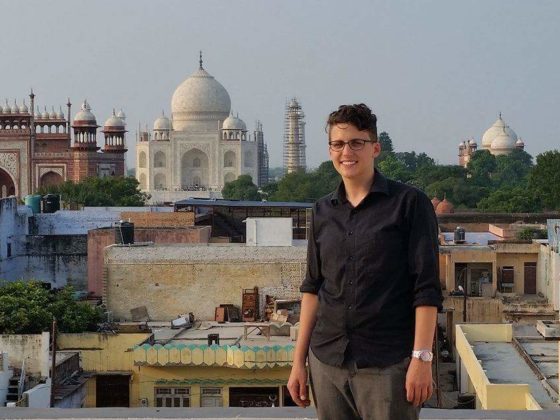“I’m sorry I have to ask you this, but are you a ‘sir’ or a ‘madam’?”
The security guard at the Taj Mahal looked at me earnestly. He was helping me figure out where to store my daypack. The lockers were at another entrance, I’d found out. I couldn’t bring in my computer that was tucked in the depths of my bag.
But first, he had to know this one thing.
